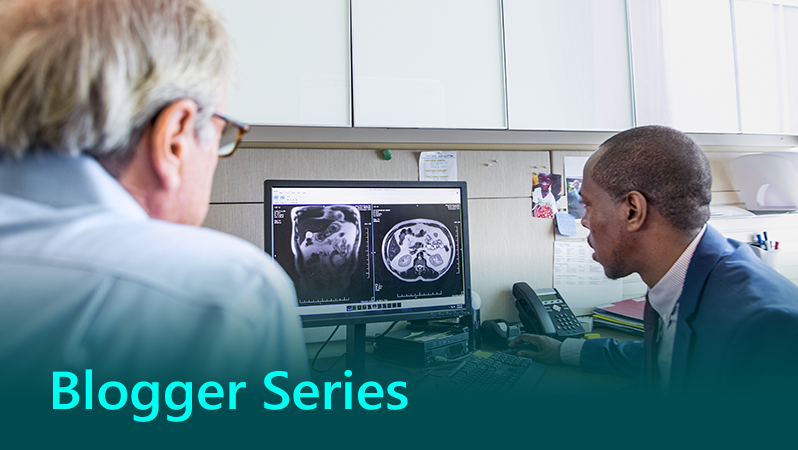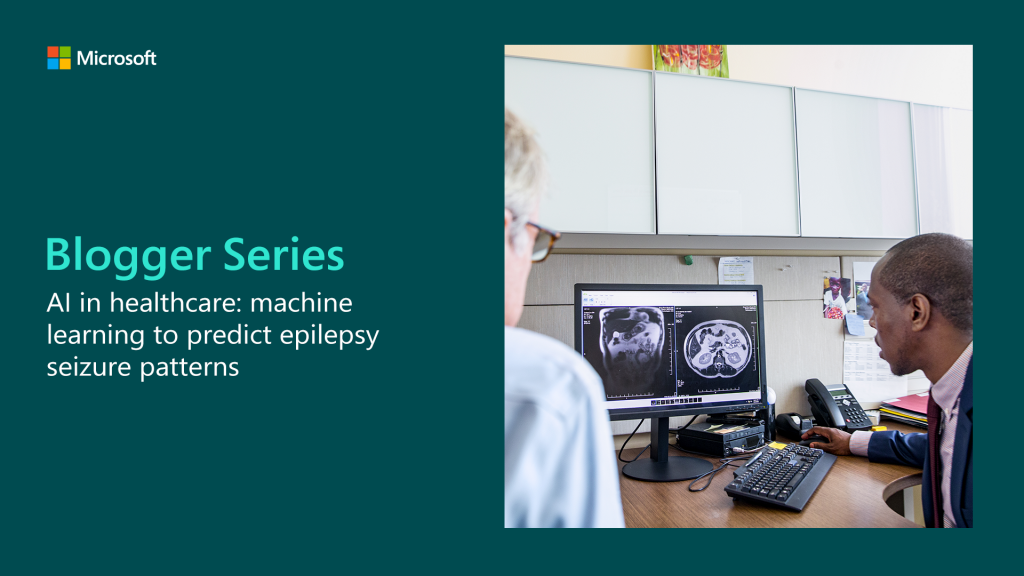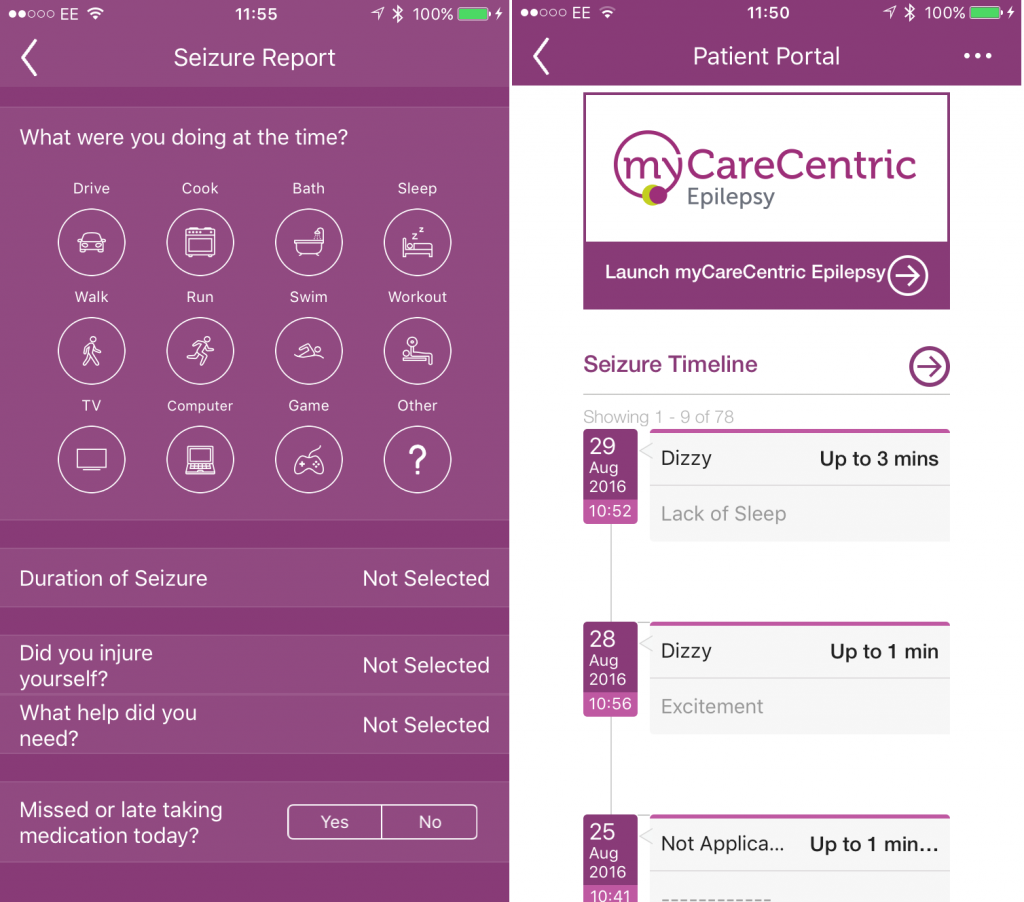
AI in healthcare: machine learning to predict epilepsy seizure patterns

Today’s story is a personal favourite of mine. It encompasses our Healthcare Team’s mission at Microsoft: to empower every patient to do more. Any solutions that put the patient at the centre, empowering them to manage their own condition can have a huge impact on the patient’s life. This particular story highlights how AI, coupled with wearable technology, has had a profound impact on people living with epilepsy by helping them understand their seizure patterns and better manage their condition.
It’s estimated that 600,00 people in the UK – one in 131 – suffer from epilepsy. And around 87 new diagnoses are made every day. The condition, directly and indirectly, costs the NHS a staggering £2 billion to treat on an annual basis. It results in 3% of all A&E visits and a total of 1.3 million days in hospital a year. Recent research by Public Health England (PHE) revealed a 70% rise in the number of epilepsy patient deaths between 2001 and 2014. PHE suggested that there was a need to improve the clinical management of patients and make improvements to their overall health by tackling other lifestyle contributors such as smoking, alcohol intake, and poor diet.
Giving patients the tools to self-manage their epilepsy
Microsoft partnered with Poole Hospital NHS Foundation Trust, the University of Kent, Shearwater Systems and System C & Graphnet Care Alliance to build the MyCareCentric Epilepsy pilot. This was also co-funded by Innovate UK, the UK’s innovation agency. The solution enables patients to monitor and keep a record of their seizures. Empowering patients to self-manage their epilepsy would change their lives, as well as remove pressure from the already-stretched NHS.
Patients are given wearable technology to wear on their wrist. The device records data including sleep patterns, exercise, heart rate, and temperature at regular intervals. Authorised clinicians can access this information, as well as notes about seizures, which patients record in an app. Combining this information with medical records build up a rich picture of an individual’s condition. The clinician can contact the patient remotely and modify their prescribed medication and lifestyle recommendations in real time.

“We’re helping people with epilepsy take back control of their lives by empowering them to self-manage their condition,” said Ian Denley, Chief Executive of digital healthcare firm, Shearwater Systems. “This solution benefits everyone. Not only can patients be more independent, but healthcare teams can focus on helping people who need the most care.
“MyCareCentric is changing how epilepsy care is delivered. We estimate that it could save the NHS more than £250 million if it was rolled out across the UK.”
– Ian Denley, Chief Executive, Shearwater Systems
The stats speak for themselves. Since MyCareCentric Epilepsy launched in 2016, we’ve seen a three-week reduction in seizure notification time. There’s also been an 80% decrease in the time it took medical professionals to respond to individuals, and 30% less admissions to hospitals. These are some seriously impressive numbers.
AI and machine learning improving patient outcomes
In this scenario we see AI in the machine learning and advanced analytics using the patient’s data. The insights can predict patterns in seizures, such as after a poor night’s sleep or other lifestyle triggers.
“What’s really exciting about this is that it’s a ‘first of type’ project combining smart wearables, patient-facing apps, and enterprise communication technology, to get messages out to the care team in real time. Putting data in secure Azure environments gives us huge scale and ability to leverage machine learning and AI capabilities as services and ultimately improve patient outcomes.”
– Dr Jon Shaw, Director of Clinical Strategy at System C & Graphnet Care Alliance
But the real power of this story is the impact this technology has had on patients.
Sarah Pamment has epilepsy. She’ll suddenly stop while walking, and be unable to move, or experience a disorientating feeling as if she’s on a slide. She’d suffer these and other symptoms up to seven times a day. After joining the MyCareCentric Epilepsy programme, Sarah saw an improvement in her condition.
“I’ve gone from having two or three [seizures] a week at the start of the pilot, to one or two every three months. It’s definitely made a difference. It’s not just covering the medical side of it, it’s really looking at the whole person.”
Find out more
3 ways you can use AI to deliver better business outcomes
 About the author
About the author
Kelly is the Healthcare Industry Manager at Microsoft UK, working with transformational digital partners and NHS customers to pilot solutions for collaborative working and empowering everyone to do more. She has 15 years’ experience working alongside the NHS, and is passionate about the power technology has to create positive change in healthcare.




